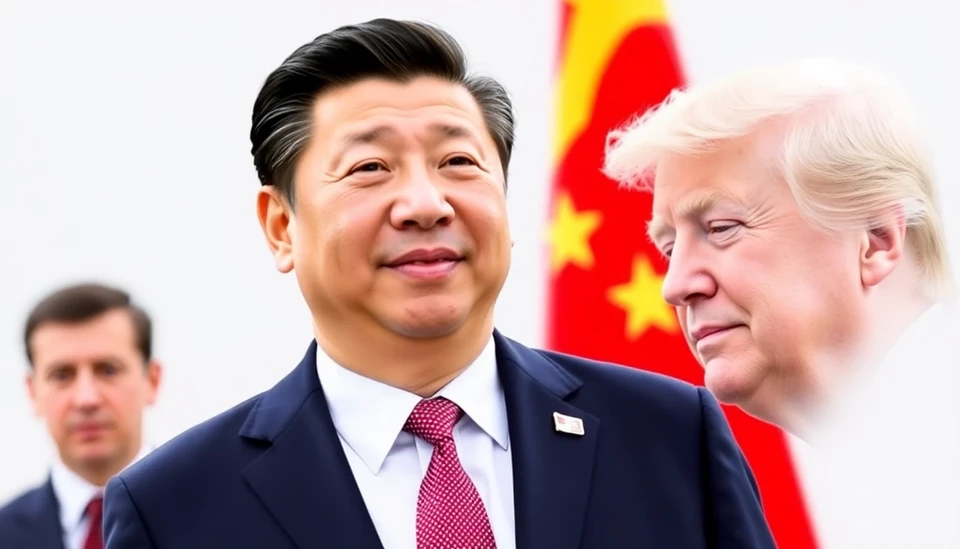
In an increasingly interconnected global economy, the recent shifts in U.S. postal policies are generating a wave of anxiety among China's online retailers. As of February 2025, these businesses find themselves teetering on the edge of unpredictability, primarily due to decisions made by the United States Postal Service (USPS) that could reshape the logistics landscape for cross-border e-commerce.
The U.S. has recently implemented new regulations regarding international shipping, particularly affecting the rates and terms under which foreign parcels enter the country. These changes have triggered concern among Chinese e-commerce platforms, many of which rely heavily on U.S. consumers for revenue and growth. With shipping costs set to increase for goods sent from China, retailers are scrambling to adapt their pricing strategies while trying to maintain their competitive edge in a crowded marketplace.
Industry analysts have pointed out that these postal regulations are part of a broader trend of increasing scrutiny and regulation surrounding international trade and shipping logistics. The new rules come as the U.S. aims to address longstanding concerns regarding the influx of cheap goods from abroad, which some domestic businesses have argued undermines local producers. As a result, we see a tug-of-war developing between policy objectives and the operational realities faced by international sellers.
The potential impact is multifaceted. For many online retailers in China, higher shipping costs could lead to an increase in product prices, potentially deterring American shoppers who are often drawn to low-cost deals. To counteract this, some retailers might cut into their profit margins or even seek alternative shipping routes and partnerships to circumvent the heightened costs. However, this pivot comes at a risk, as establishing new logistics relationships can be both time-consuming and costly.
Compounding the anxiety is the uncertainty surrounding future regulatory changes. Retailers are concerned that ongoing policy shifts, influenced by the political climate, could lead to further alterations in shipping frameworks or pricing structures. This creates a challenging environment for those businesses, forcing them to constantly adapt while trying to predict the next move from U.S. regulatory bodies.
The competitive landscape for online sales in China continues to heat up as businesses strive to hold onto their market share. E-commerce giants and smaller retailers are now confronted with the pressing need to rethink their supply chain strategies and explore innovative solutions to maintain their foothold in the lucrative American market.
As the dust begins to settle on these developments, the overarching sentiment among Chinese online retailers is one of cautious optimism. Many remain hopeful that, despite the obstacles, there will be opportunities to leverage new shipping technologies and partnerships that could offset rising costs. In a marketplace defined by rapid change, agility and adaptability will likely be the keys to survival in this uncertain shipping landscape.
With the future of international e-commerce hanging in the balance, both retailers and consumers are watching closely to see what this evolving situation will mean for cross-border trade.
#china #e-commerce #international #shipping #online #retailers #USPS #policies #e-commerce #trends #retail #market
Author: John Harris




